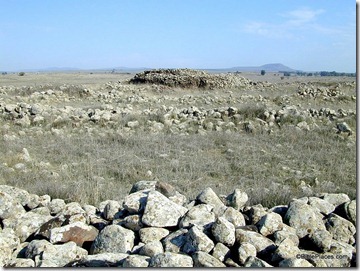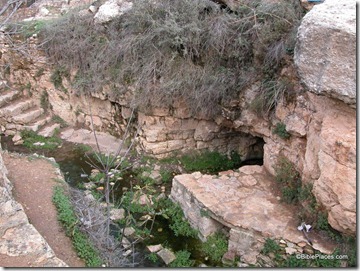The most dramatic discovery from the first season of excavations at Khirbet Summeily is a unique sculpted animal head. Archaeologists are not sure if the head is of a sheep or a lion, but they say that it is the first of this type they have seen.
Excavations of the site this summer also uncovered an Egyptian scarab, stone figurines, a collection of loomweights, as well as the remains of several buildings. Khirbet Summeily is located near the border of ancient Israel and Philistia, 3 miles (4 km) west of Tell el-Hesi and about 5 miles (8 km) southwest of Qiryat Gat.
Tim Frank has posted the full press release and photograph from Mississippi State University. You may want to check out Frank’s blog “Archaeology and the Bible” while you’re at it, including a recent series of posts on “Life in the Holy Land,” surveying the remarkable work of Gustav Dalman (until now available only in German and Hebrew).
Blog readers may recall Daughter of Lachish, a captivating work of historical fiction written by Frank and published earlier this year by Wipf and Stock (now available from Amazon).

